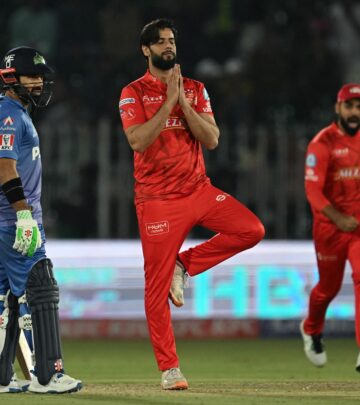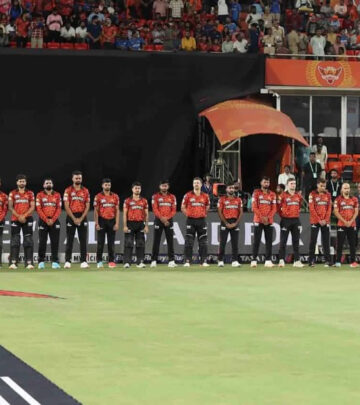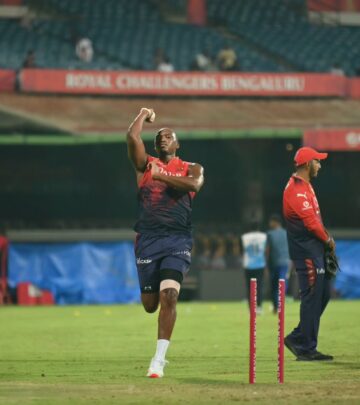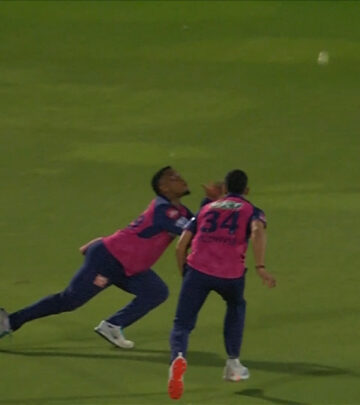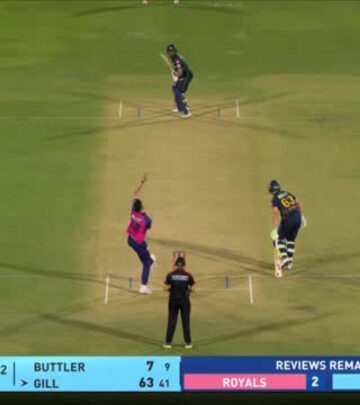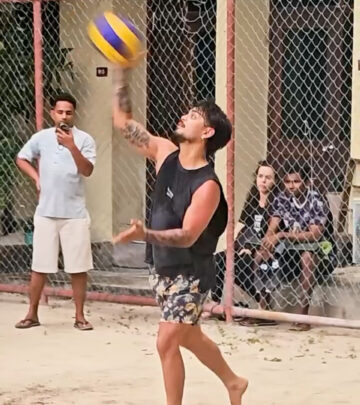The Science Of Tendons: How Loading Speed Impacts Cricket Fast Bowlers’ Performance
Fast loading stiffens, slow loading creates compliance—crucial insights from bowling coach.
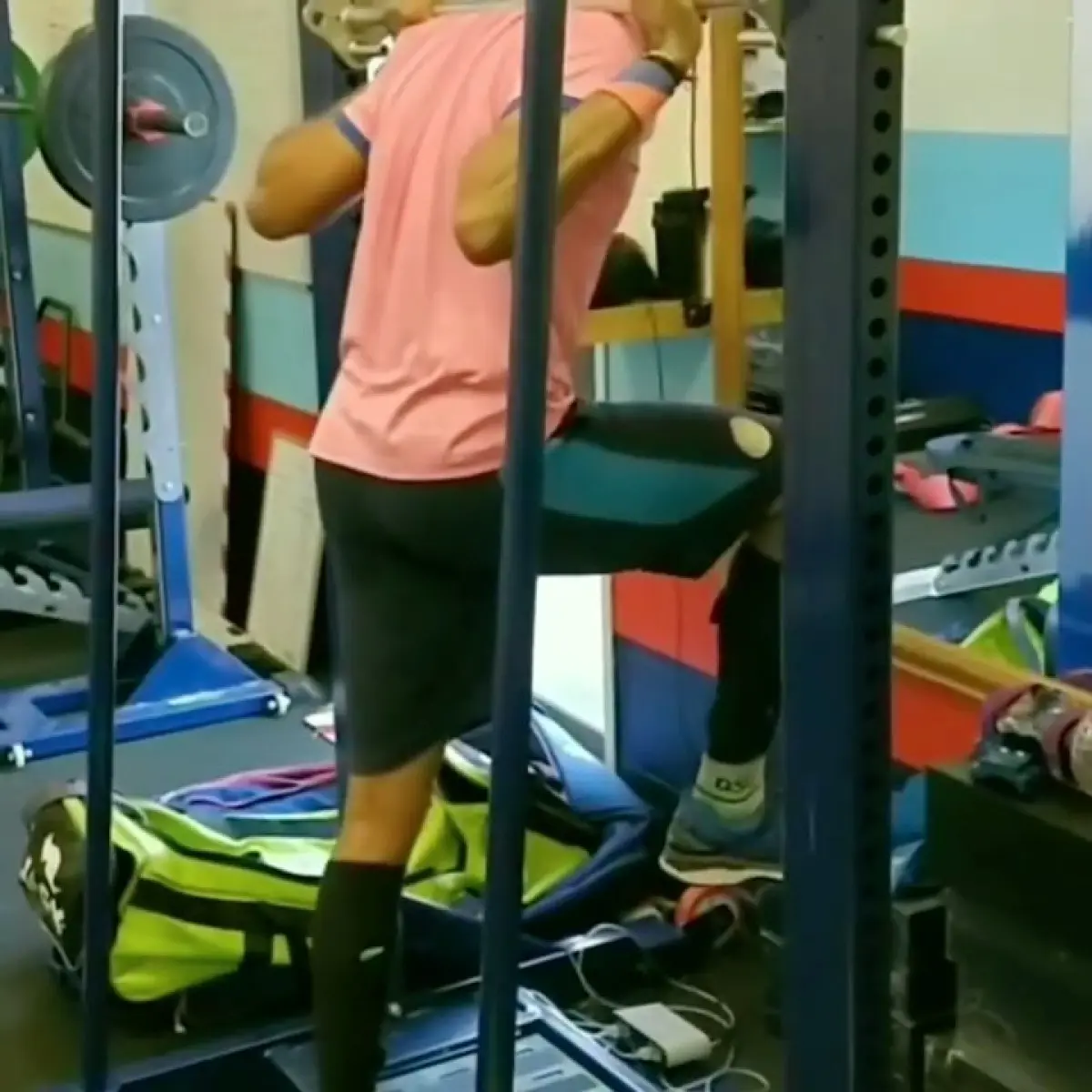
Image: Instagram
Tendons—those connective tissues linking muscles to bones—might seem simple, but according to cricket bowling expert Steffan Jones, they’re dynamic structures that respond differently based on how they’re loaded, with significant implications for cricket fast bowlers.
How Loading Speed Transforms Tendon Function
In a detailed Instagram post, Jones explains that fast loading during activities like sprinting or jumping makes tendons stiffer, with collagen working as a unified sheet to transmit force efficiently. Conversely, slow loading causes more fiber sliding, breaking cross-links and creating a softer, more compliant tendon.
“Tendon remodeling is rapid. Collagen synthesis and reorganization can happen in days,” Jones writes. “Like a tree, the outer layers of the tendon are constantly adding new rings—these are highly responsive to training.”
This understanding is critical for fast bowlers, whose performance and injury susceptibility depend heavily on tendon health and function.
The Science Behind Tendon Stiffness
Jones highlights that tendon stiffness is governed by cross-links, tied together by the enzyme lysyl oxidase. More lysyl oxidase equals more stiffness, with fast movements and heavy lifting increasing this enzyme, while slow loading breaks down cross-links.
This biological response explains common injury patterns among athletes. According to Jones, faster athletes often experience muscle pulls due to excessive tendon stiffness. For such athletes, slower, controlled loading builds compliance and protection.
Application To Cricket Fast Bowling
The implications for cricket fast bowling are significant. Jones notes that understanding tendon compliance and stiffness impacts bowling technique and effectiveness.
“Hip and knee dominant bowlers use their tendons in different ways,” Jones explains, emphasizing that there’s scientific evidence behind these classifications, not just coaching opinions.
Isometric exercises, particularly 30-second holds, promote what Jones calls “tendon creep,” aligning collagen for healing. However, he cautions that if the tendon keeps lengthening, the muscle shortens—meaning it’s not a true isometric exercise.
Nutritional Support For Tendon Health
Beyond mechanical loading, Jones points out that nutrition plays a crucial role in tendon health. Vitamin C is essential for collagen synthesis, while gelatin or hydrolyzed collagen taken an hour before tendon-specific loading enhances repair.
This comprehensive approach to tendon care offers fast bowlers a scientific framework for training decisions.
Systematic Approach To Cricket Performance
Jones has developed several innovative approaches to cricket training. His Instagram feed reveals a systematic methodology that challenges traditional cricket training paradigms.
In previous posts, Jones introduced the “PL Proxy” (Player Load Proxy), a performance efficiency metric used to monitor bowling intensity. This system calculates the ratio between ball speed and biomechanical load, helping coaches ensure bowlers aren’t undertrained or overloaded.
“The BS:PL Ratio = Ball Speed (mph) / PL Proxy,” Jones explains in another post. “This reveals intensity—something volume can’t show. Bowlers may hit 30+ overs indoors but aren’t ready for 20 match-intensity overs outdoors.”
Challenging Traditional Training Methods
Jones consistently challenges conventional cricket training wisdom. In a recent post titled “THE MISUNDERSTANDING OF FAST BOWLING FITNESS,” he argues that most training happens in “3rd gear” while bowling is a “5th gear activity.”
“Fast bowling is a high-intensity, max-output, 4–7 sec burst followed by full recovery. Every ball is a sprint. Yet training stays stuck in 3rd gear—moderate effort, steady-state loads, submaximal volume,” Jones writes.
He’s also skeptical of common recovery practices. Regarding ice baths, Jones states: “I was telling my fellow players not to do it but people wouldn’t listen… Now research proves I was right.”
The Areg System For Smart Training
Central to Jones’s methodology is the concept of autoregulation (AREG)—adapting training based on readiness rather than following rigid plans.
“Autoregulation isn’t about skipping work. It’s about making better decisions with better signals,” Jones explains. “AREG isn’t guessing. It’s using feedback to steer the ship, not just follow the map.”
This approach allows athletes to train daily but with appropriate modifications based on their physical readiness.
Applying Tendon Science To Bowling Performance
Circling back to tendon science, Jones’s insights offer a framework for bowlers to optimize performance while minimizing injury risk. The key takeaway is that tendons respond differently to different loading patterns:
- Fast loading creates stiffness, power, but potentially higher risk
- Slow loading develops compliance, protection, essential for rehabilitation
- Both load timing and movement speed shape tendon health
By understanding this balance, bowlers can make informed decisions about their training methods, potentially extending careers while maximizing performance.
As Jones concludes: “Understanding this balance is key to maximizing performance and minimizing injury.”
Read full bio of Joyce



